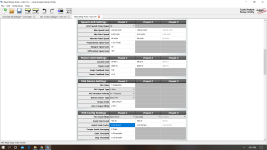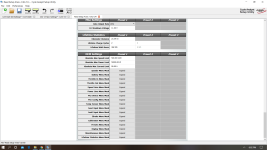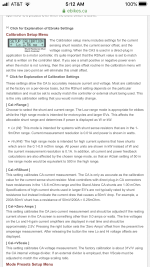JanComputerman said:
Wow plenty of reading here! Just flashed last week 3.14 from 3.12 on my CA3 and got the max speed 654 a couple of times and not once...not a big problem.
Yes, unfortunately this is a bug that seems to have slipped in undetected with the most recent release. It doesn't affect any of the average speed or distance computations and we'll be having a 3.15 build that will fix this. In the meantime if someone needs to routinely check their max speed reading, I'd recommend either installing the 3.13 firmware, or press and hold the right button to do a reset when you are on the screen with the max speed display. This will _only_ reset the max speed value to 0 without resetting your trip Ah and Distance, so you can use it to clear the 654 reading without affecting anything else.
I run a slim throttle (fantastic!) and current control (torque drive) instead of speed control which allows nice controllable takeoff acceleration, throttle proportional Regen with a left brake lever ebrake switch on the front brake. All good, however, I see the kick of motor power is still present when I forget to release the throttle before I release the ebrake switch. I have throttle ramps setup but they apparently are not used with the ebrake switch which would fix the kick.
Can you tell me do you still get this kick if you change over to pass-thru throttle mode, or is it only experienced with the amps throttle? And if you do experience it only with the amps throttle, can you change to a watts throttle (basically the same thing) and see if it is also present then? We implemented more special windup control behavior in the power limit feedback loop (for instance with PAS) and may have overlooked doing the same for the amps feedback loop.








